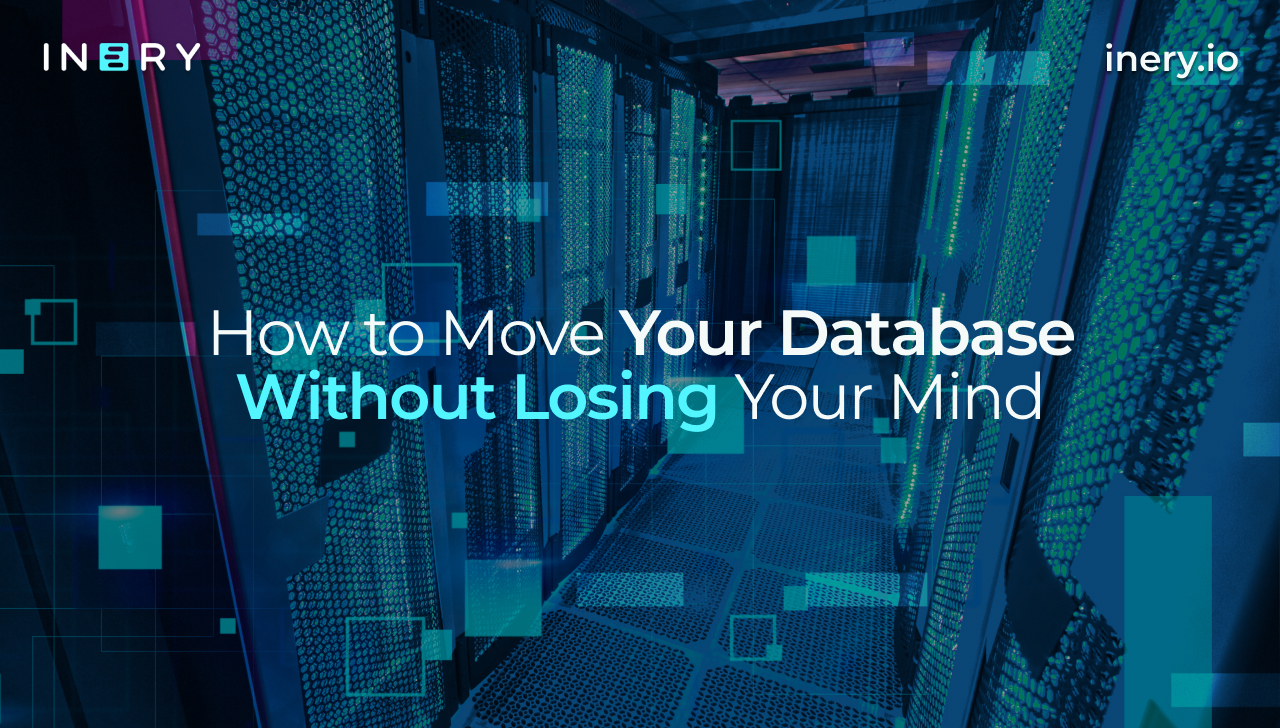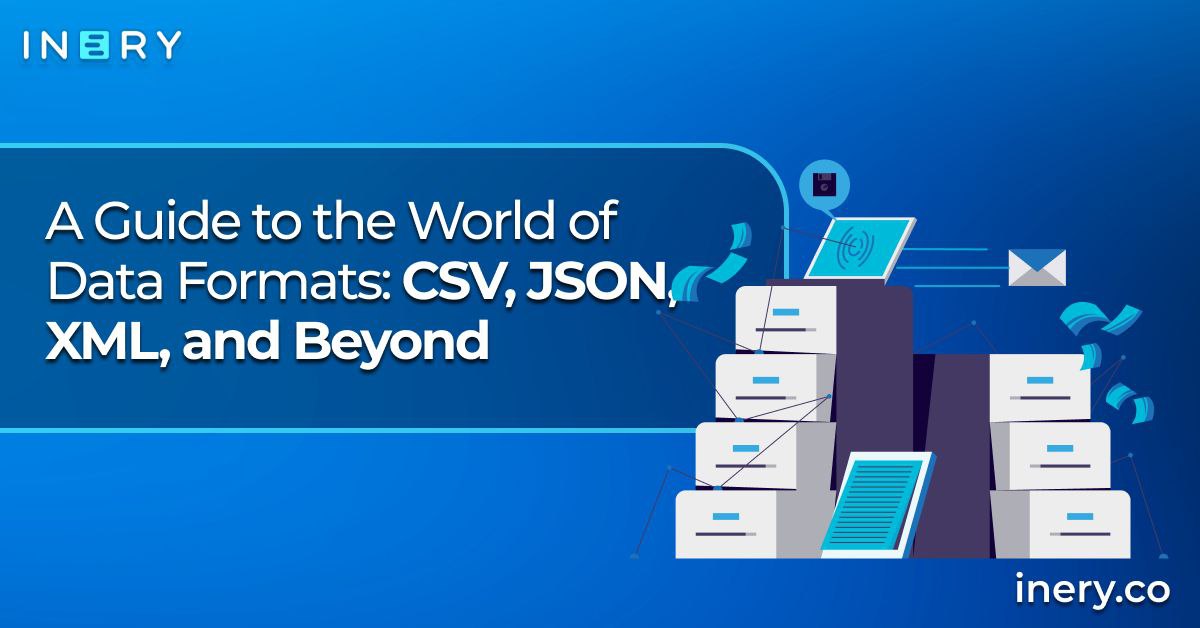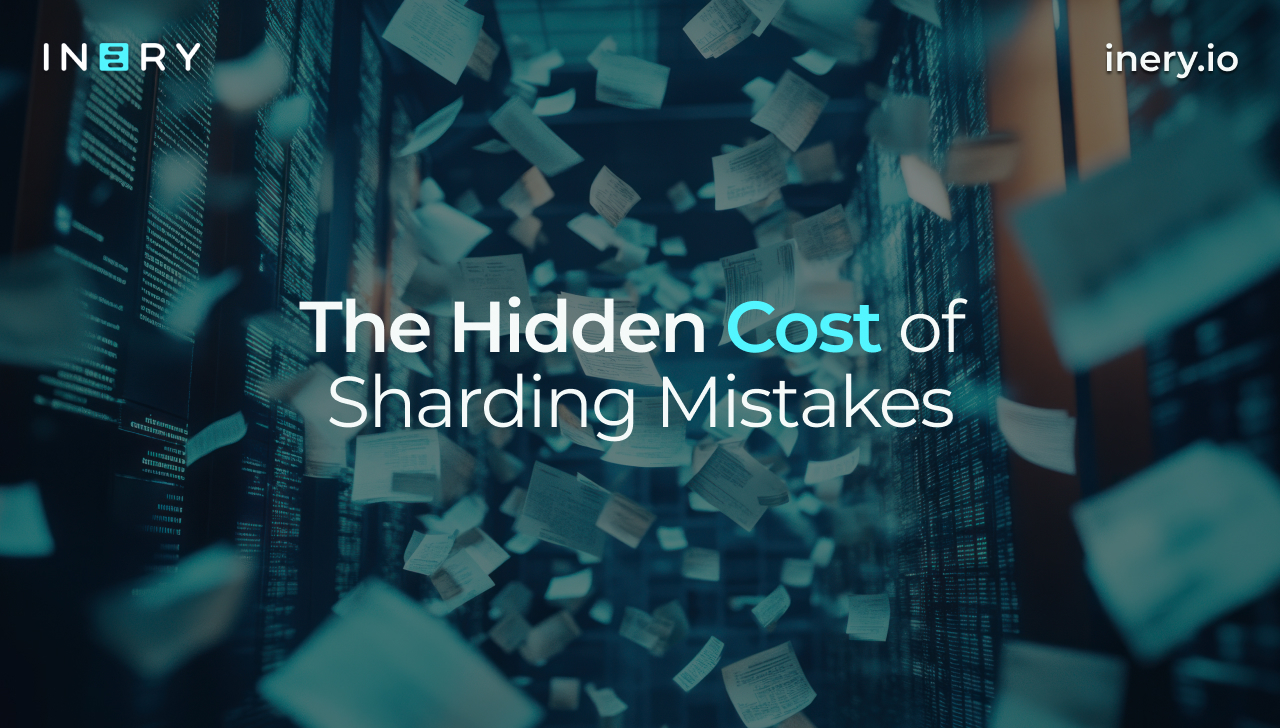So, you’ve decided to move your database. Maybe your old system feels like a dusty archive that creaks every time you query it. Maybe your company’s growth has outpaced what your current setup can handle. Or maybe the words “cloud migration” have been floating around pretty much every meeting lately, and it’s your turn to make that happen.
Whatever your reason may be, database migration is rarely as simple as it sounds. It’s like moving house. Except every item you own is super fragile, very interconnected, and, oh, yeah, all of it is actively in use. If you pack too fast, you break something. If you move too slowly, someone starts screaming about downtime. And somewhere in the middle of all that, you’re supposed to make sure that not a single record gets lost.
Let’s talk about how to move a database without losing your mind.. Or your data.
Why It’s So Stressful in the First Place
Databases are not static. They’re living systems. They grow, they interconnect, they depend on hundreds of small details you rarely notice until something goes wrong. That’s what makes migration tricky: you’re not just copying files from point A to point B, you’re uprooting a running system.
Most migrations go wrong because of one of a few common reasons. Sometimes teams underestimate the complexity of what they’re dealing with, assuming that because they understand the data, they know the system. Then there’s the compatibility issue: what works perfectly in Oracle may need rewriting when you switch to PostgreSQL or a cloud service. Data types behave differently, collation rules don’t match, or stored procedures suddenly refuse to cooperate.
Schema dependencies can also turn what looks like a clean migration into chaos. One broken relationship between tables can throw your entire data model off balance. Then come the indexing and performance issues. Your queries used to run in milliseconds, but after migration, they start crawling because your indexing strategy didn’t translate well.
And if you’ve ever migrated without a proper rollback plan, you know that special kind of anxiety that comes from realizing there’s no way back.
This is the emotional truth of migration. It’s not just technical, it’s psychological. Poetically said, you’re essentially trying to preserve the soul of your system while reshaping its body.
The Chaos You Can Avoid
When migrations go wrong, they usually do so in predictable ways. You lose data because someone didn’t test referential integrity properly. You lose time because dependencies weren’t documented. You lose trust because downtime stretched from one hour to twelve.
And sometimes, it’s the subtle things that come back to haunt you: a collation mismatch that quietly corrupts non-ASCII characters, or an overlooked permission rule that locks out half the team.
But here’s the thing: none of this is inevitable. Every one of those failures stems from something preventable: a lack of planning, poor communication, or too much reliance on manual processes. The stress comes not from the migration itself, but from the uncertainty around it. The feeling that you’re steering blindfolded.
That’s why the first real step toward a smooth migration is visibility. You need to know exactly what you’re working with.
Getting Ready to Move
Start with a map. That means understanding your database schema. Really understanding it. What depends on what, what triggers exist, where foreign keys point, and which stored procedures are quietly doing important work behind the scenes. Once you have that, create a replica environment that behaves as closely as possible to production.
Then there’s compatibility. If you’re switching database engines, you’ll need to account for differences in data types, syntax, and even how indexing behaves. A migration tool can automate much of that, but tools can only help when you already know the rules of the game.
Think of this as the rehearsal before the real move. You should be able to migrate your database in a staging environment, test it, break it, and roll it back, without anyone outside your team even noticing. If something goes wrong there, good. That’s what the staging environment is for.
And here’s some friendly advice: never start without a backup. That sounds obvious, but backups aren’t just for show. They need to be verified, complete, and restorable. There’s no worse moment than discovering that your “full backup” was only partial after something has already gone wrong.
Making It Happen
Once you’ve planned, tested, and backed up everything, the actual migration becomes a matter of execution. The best migrations don’t happen in one big leap; they’re incremental. Data moves in batches, and systems run in parallel for a while. That way, if you find inconsistencies, you can fix them without shutting everything down.
For high-availability systems, replication-based strategies or blue-green deployments are lifesavers. You keep two environments running, mirror the data, and then simply switch traffic once you’ve validated the new system. It’s less dramatic than the “flip the switch and hope for the best” approach, and it gives you a chance to confirm that everything performs as expected before committing fully.
Validation is where patience pays off. Compare row counts between old and new databases. Check checksums to ensure data integrity. Monitor query performance. A migration is only successful when the system behaves exactly as it did before, or better.
Keeping Sanity in the Process
You can’t completely remove stress from a database migration, but you can manage it. Communication helps more than any piece of software. Let your team and stakeholders know what’s happening, when it’s happening, and what to expect. Silence during a migration is what creates panic.
Also, accept that things will go wrong in small ways. A migration plan is about knowing how to recover gracefully. Not achieving utter perfection. Having a rollback plan isn’t pessimism; it’s professionalism.
And finally, remember why you’re doing it. A well-executed migration is a way to future-proof your data infrastructure, improve performance, and prepare your systems for what comes next.
How Inery Makes the Move Less Painful
As we’ve established, database migration is, at its core, about trust. Trust that your data will remain intact, accessible, and consistent. Inery’s decentralized database solution takes that a step further by anchoring data integrity in a distributed ledger. That means your data isn’t just stored securely; it’s verifiable, tamper-resistant, and accessible through a unified framework.
In practice, Inery simplifies what makes migration painful. Instead of juggling multiple engines or worrying about data loss across systems, you can operate on a decentralized layer that preserves structure and relationships while improving scalability and access. Its architecture is designed for interoperability, so moving from legacy systems or integrating hybrid environments becomes less of a gamble and more of a structured transition.
And because Inery maintains data consistency across nodes with built-in verification, the need for complex manual validation or patchwork integrity checks is drastically reduced. It’s the kind of environment where migrations can happen with confidence, without endless sleepless nights over broken dependencies.
The Light At The End Of The Tunnel
Moving a database will never be as simple as copying files. It’s a complex, detail-heavy process that tests both technical skill and patience. But it’s also an opportunity: to clean up old structures, document what was once messy, and build something more resilient.
You don’t need to lose your mind doing it. You just need a system that respects your data as much as you do. With clear planning, consistent communication, and the right platform, database migration becomes less about chaos and more about control.
Whether you’re upgrading, consolidating, or starting fresh, the goal remains the same: your data, intact and better than before. With Inery, that move doesn’t have to be terrifying.

Inery•
2 years ago
Unmasking Single Points of Failure: Vulnerabilities in Centralized Databases
Explore the hidden risks and real-world consequences of single points of failure in our latest blog. Learn how to safeguard your systems and ensure uninterrupted operations. ...READ MORE
-1697699665.png)
Share

Inery•
11 months ago
Why Every App Needs Smart Data Structuring
Find out how Inery's data management system enhances security, performance, and user control for applications. ...READ MORE
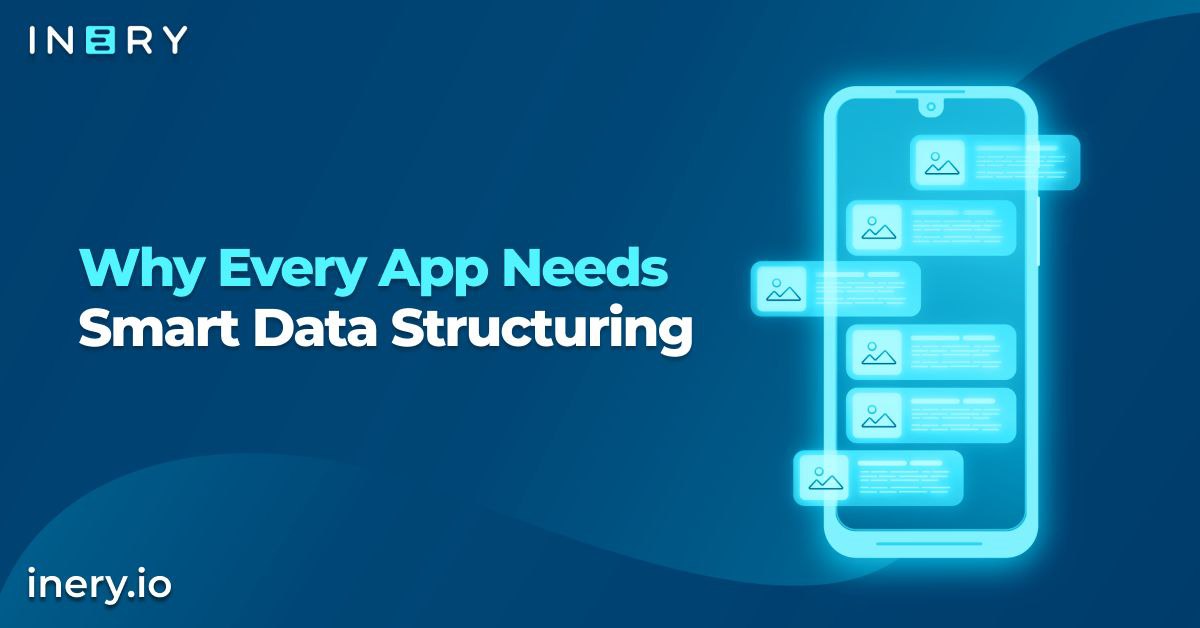
Share

Inery•
3 years ago
Our Vision for Blockchain: Doing what has never been done before
A frontier for other blockchains while offering a foundation for applications, systems and even layer-1 blockchains. ...READ MORE
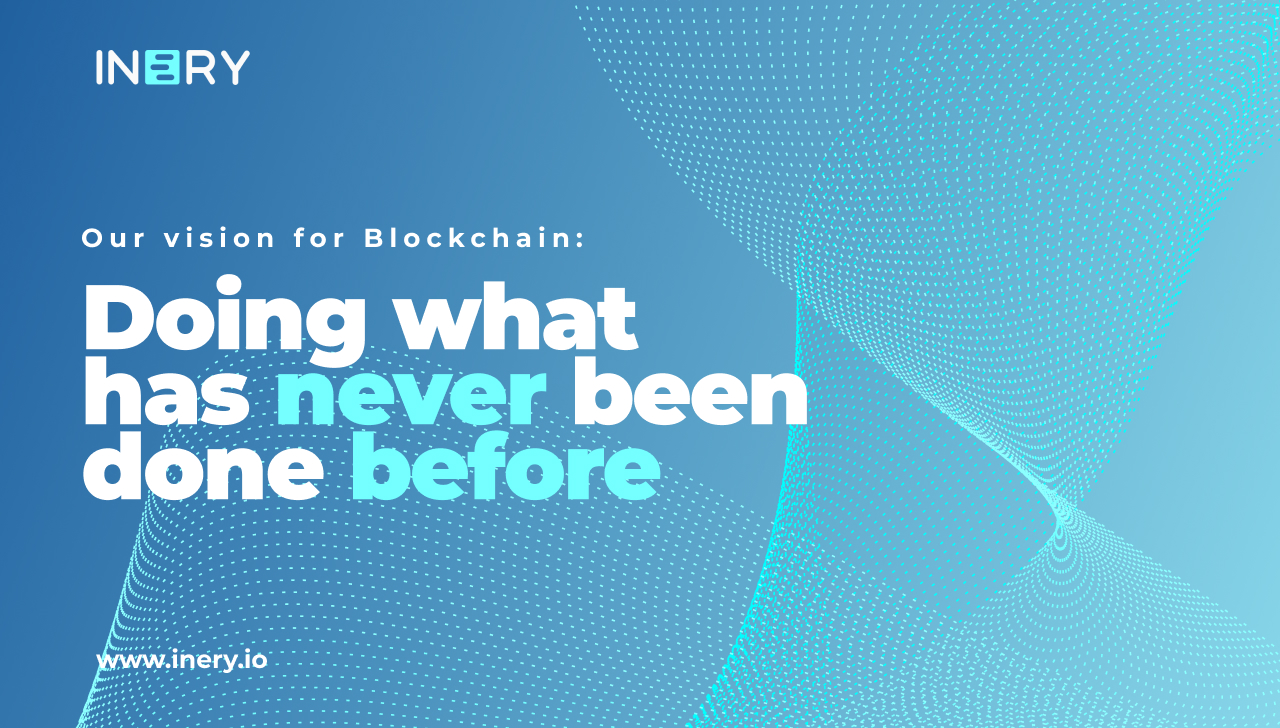
Share

Inery•
1 year ago
Can You Trust the Cloud?
From enhancing security measures to optimizing scalability and performance, discover how Inery's innovative solutions redefine the reliability of cloud data management. ...READ MORE

Share
Most popular today

